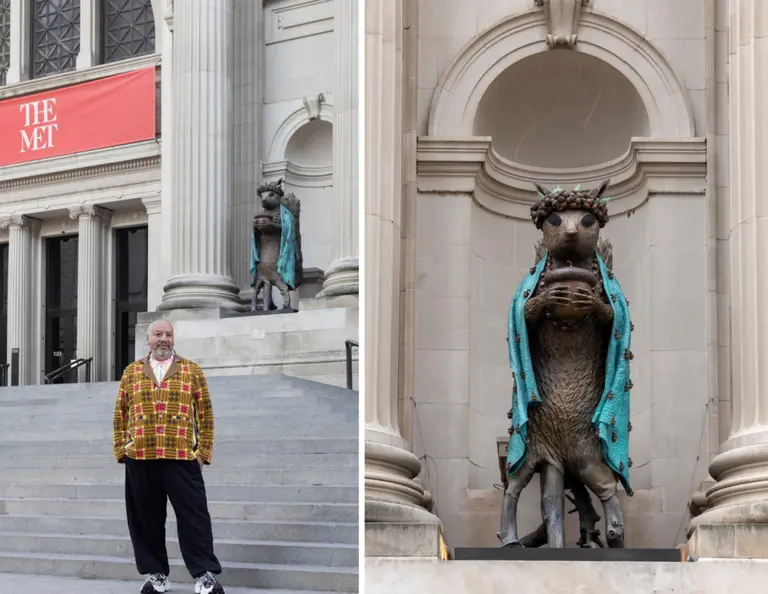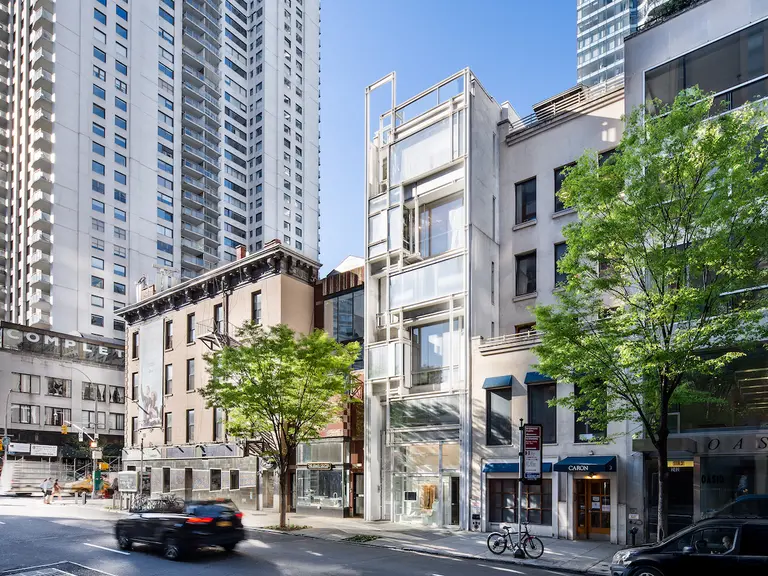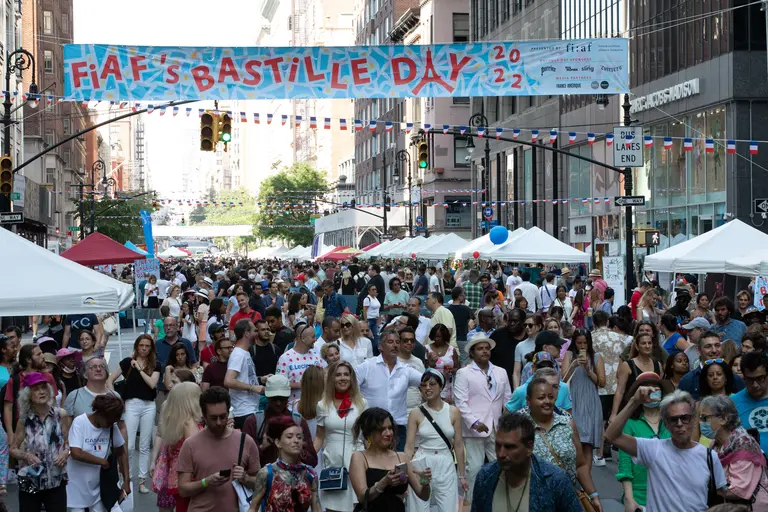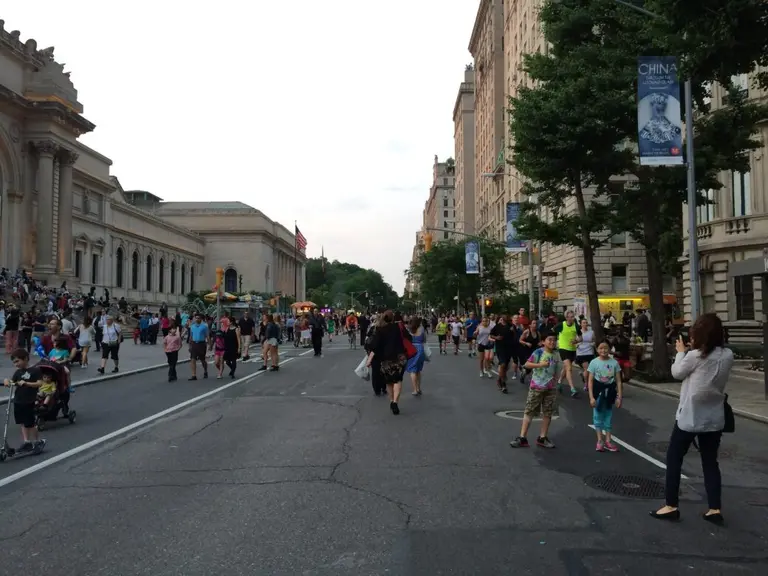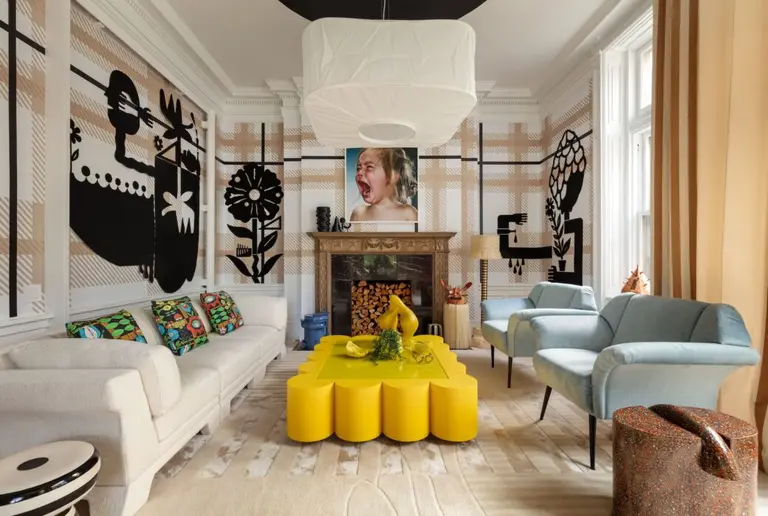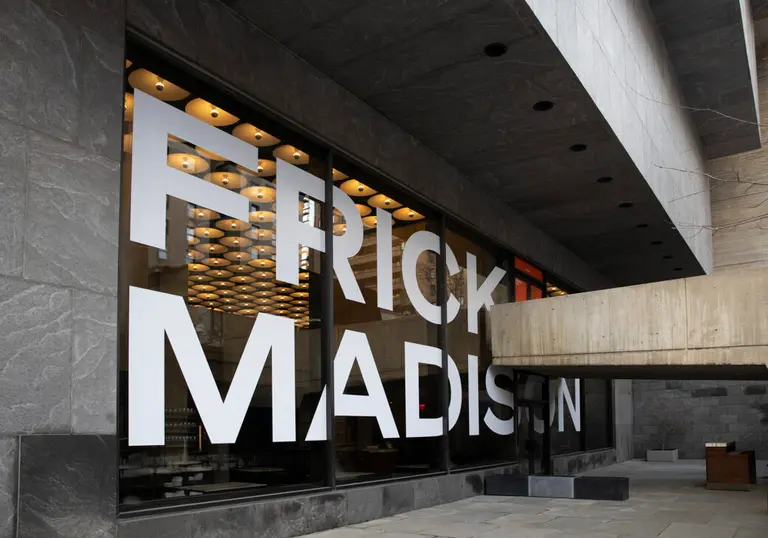The Met’s rooftop installation features sculptures inspired by children’s desktop doodles

Petrit Halilaj (born Kosovo, 1986) Installation view of The Roof Garden Commission: Petrit Halilaj, Abetare, 2024 Courtesy of the artist: Chert Lüdde, Berlin; kurimanzutto, Mexico City / New York; Mennour, Paris. Image credit: The Metropolitan Museum of Art, Photo by Hyla Skopitz
A sprawling series of sculptures inspired by the doodles and drawings of school children have been installed at The Metropolitan Museum of Art’s rooftop, as part of the annual Roof Garden commission. Kosovar artist Petrit Halilaj this week unveiled his work “Abetare,” an exhibition of three-dimensional metal sculptures depicting drawings he found on classroom desks at his former school in Kosovo, as well as in Albania and countries from the former Yugoslavia. While appearing whimsical, the sculptures provide a look at the imagination of children whose lives were upended by war. The installation is on view at the Iris and B. Gerald Cantor Roof Garden through October 27.
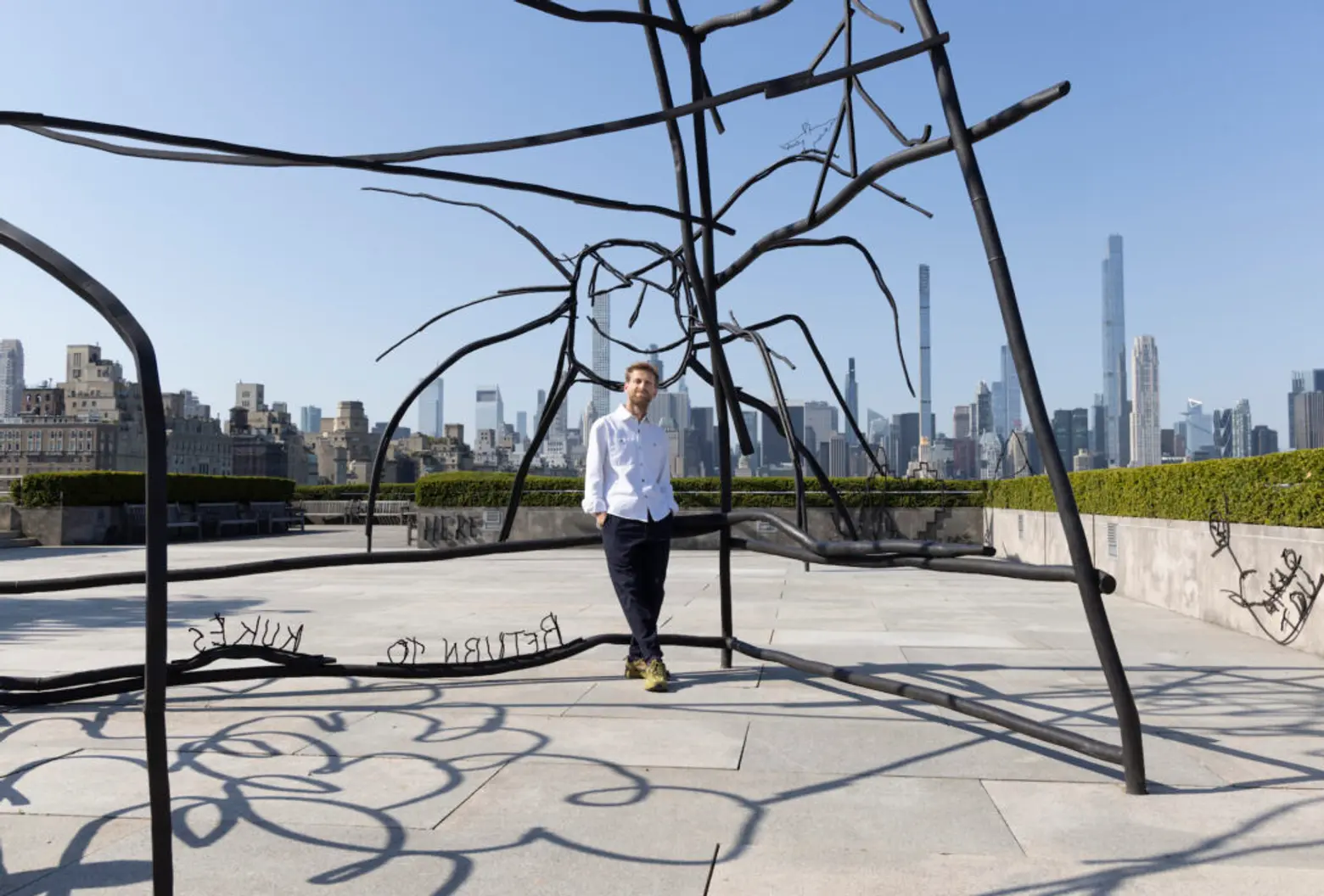
Halilaj was born in the town of Runik in Kosovo in 1986 and was forced to relocate to an Albanian refugee camp called Kukes II during the occupation by Serbia in the 1990s. As the New York Times reported, Halilaj was encouraged by a psychologist at the camp to draw pictures of his experiences and the trauma he faced during the war, which eventually put his career as an artist in motion.
Halilaj is known for creating immersive installations that redefine individual and shared histories, creating “complex artistic worlds” that embody themes of freedom, intimacy, and identity.
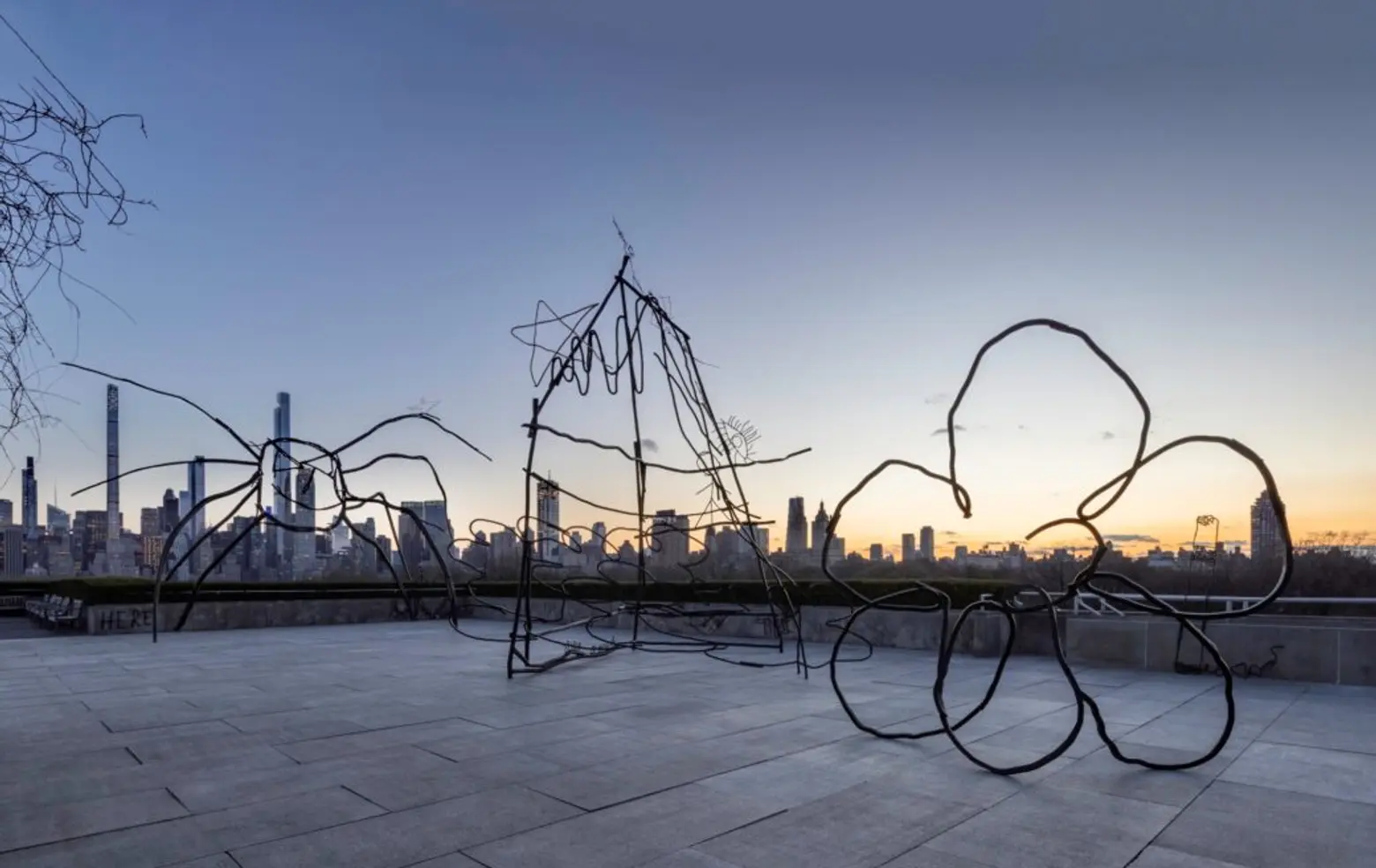
For the Met’s commission, Halilaj transformed scribbles from children’s desks into three-dimensional sculptures, with each keeping a trace of the original doodle. The sculptures illustrate the collective memory and imaginations of generations of students impacted by violent conflicts and division.
During the 1990s, the last of a series of wars in the Balkans resulted in many children being denied education based on ideological grounds. The installation’s title, “Abetare,” is borrowed from a book the artist and his classmates used to learn the alphabet in school.
“The casual scribbles of schoolchildren done on their desks in moments of boredom or distraction reveal the fantasies and dreams of their minds,” Halilaj said. “I started to explore this in my practice in 2015, and it was important for me then to extend the dreams of my school in Kosovo to Europe, a part of the world from which my country was still isolated.”
Halilaj continued: “Now, in 2024, numerous desks and scribbles from schools across the Balkans are showcased in a new context and on a new continent. My work here at The Met is dedicated to all the children whose lives have been interrupted and deeply scarred by wars around the globe. I hope their dreams will fly us to a better future.”
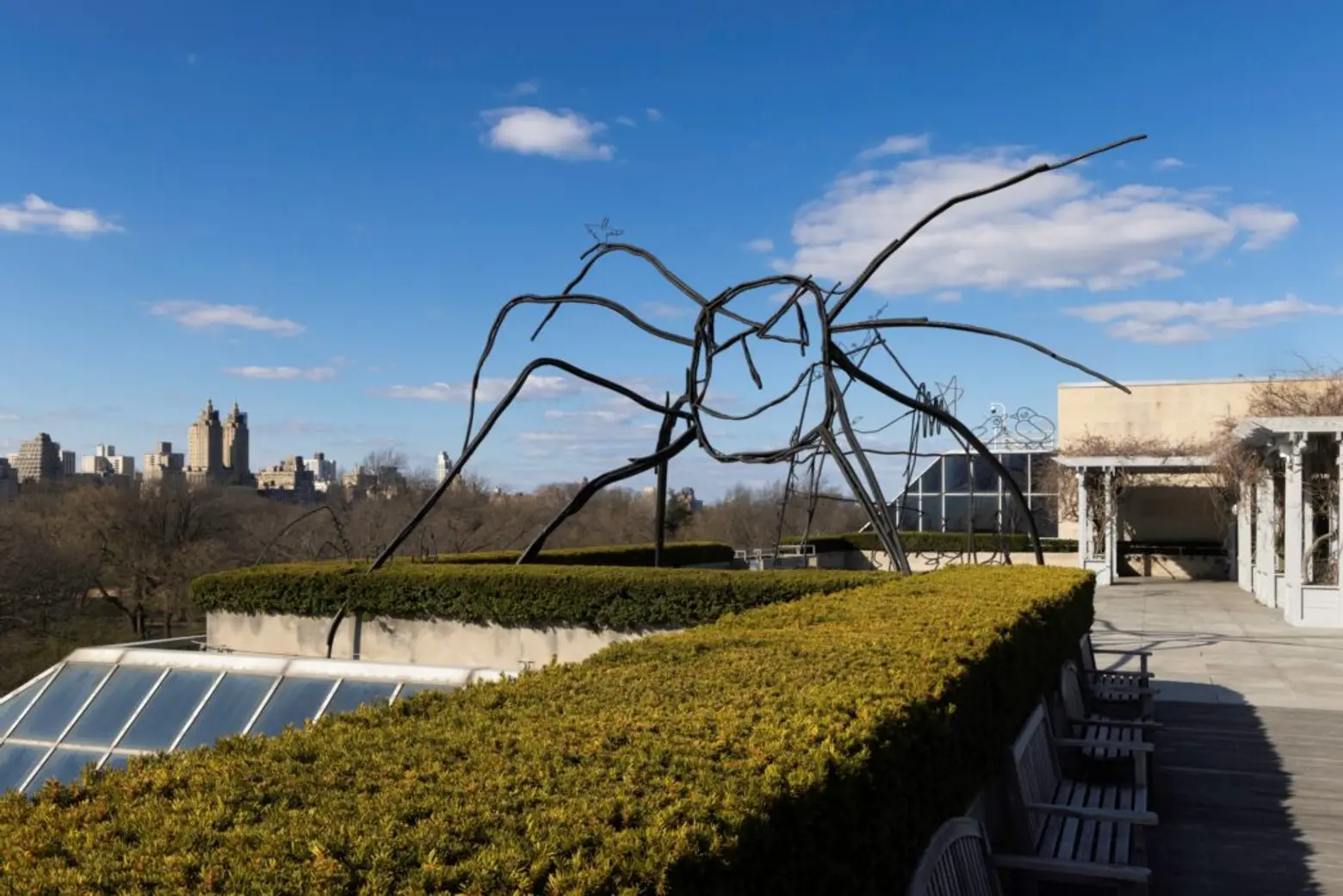
The installation shares many of the same conceptual themes as Halilaj’s previous work, his 2015 “Abetare” project, which focused solely on his research in Kosovo. This project expands beyond his own experiences to regions across the Balkans to weave nations through symbols and language, according to the museum.
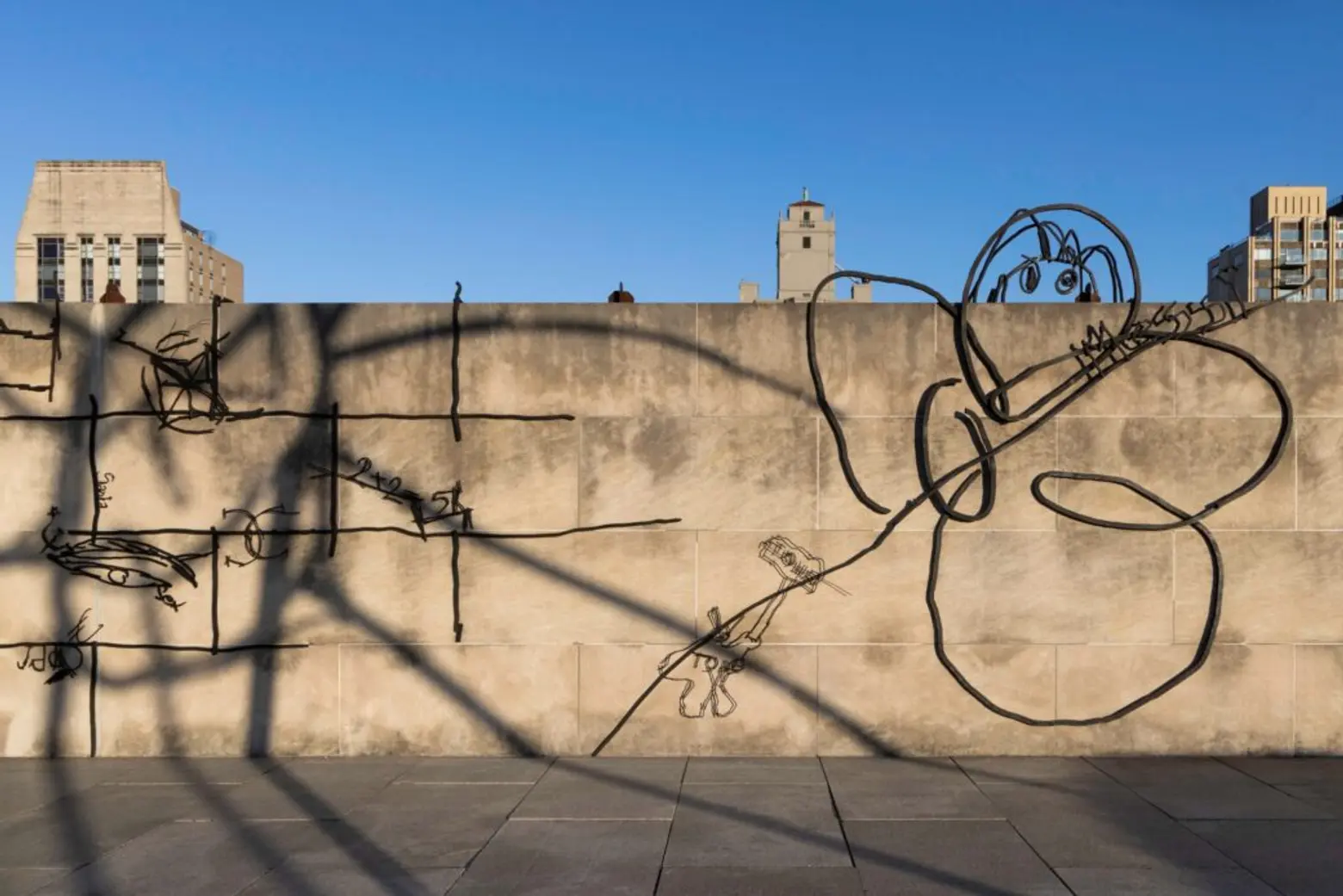
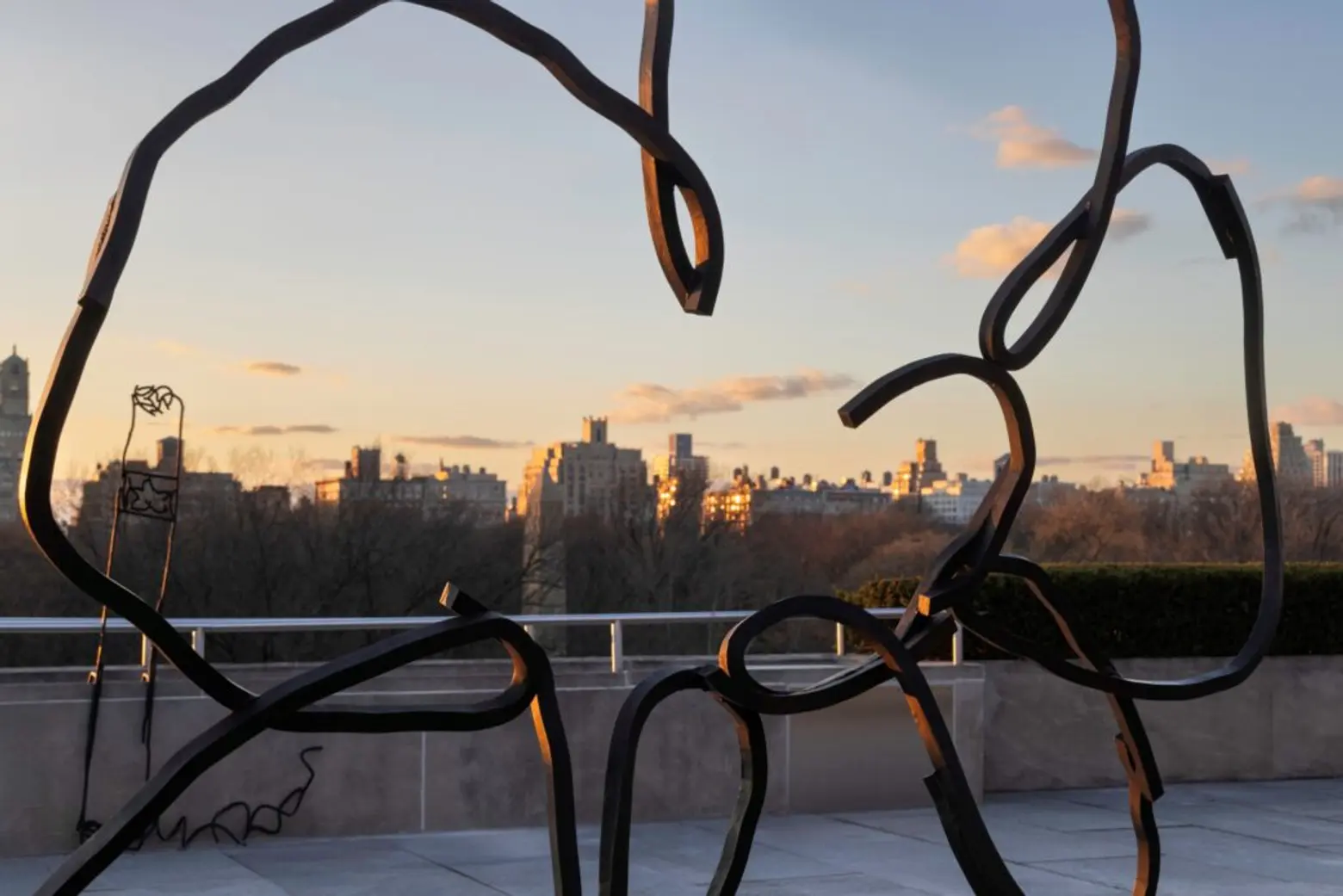
“The Met is thrilled to unveil Petrit Halilaj’s intervention for the Iris and B. Gerald Cantor Roof Garden and share the deeply meaningful conversation it invites between the artist’s work, the Museum, the Manhattan skyline, and beyond,” Max Hollein, Marina Kellen French Director and Chief Executive Officer of The Met, said.
“Petrit Halilaj’s inspiring and multi layered work—which is both deeply rooted in the artist’s history and homeland and forward thinking and international in scope—powerfully reframes the complex role of the childhood imagination in history’s retelling of events.”
The installation is the 11th in the Rooftop Garden Commission series, created by the museum’s Department of Modern and Contemporary Art in 2013. Last year’s installation, created by artist Lauren Halsey, blended the history of South Central Los Angeles with ancient Egyptian architecture.
RELATED:
